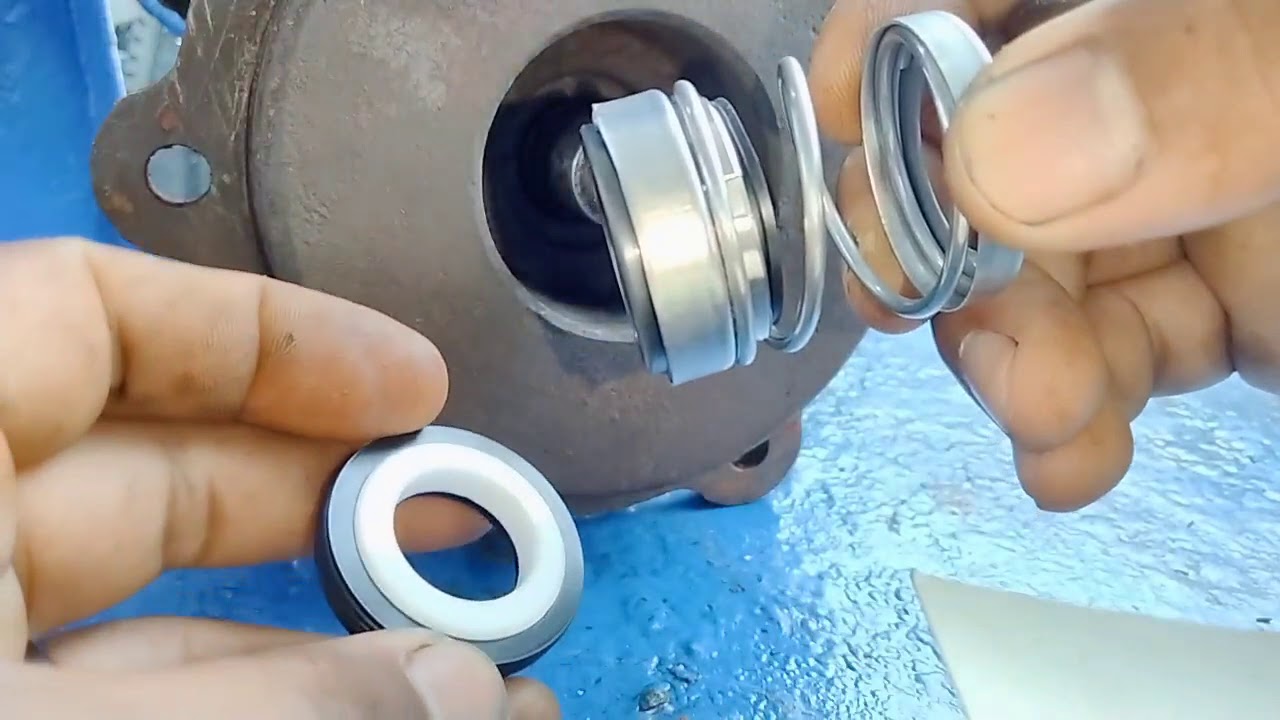Installation of mechanical seals and pumps in process plants
Installation of mechanical seals and pumps in process plants
Installation of mechanical seals and pumps is a seemingly simple method that actually involves many issues, each of which must be addressed to ensure success
The installation of mechanical seals and pumps in process plants is a critical task that requires careful attention to detail to ensure the reliable and efficient operation of the equipment. Here is a general guide to help you with the installation process:
Mechanical Seal Installation:
1. Inspect the Seal:
- Before installation, inspect the mechanical seal for any damage or defects.
- Ensure that the seal faces are clean and free from any contaminants.
2. Prepare the Pump Shaft:
- Clean the pump shaft thoroughly to remove any dirt or debris.
- Check the shaft runout and make sure it complies with the manufacturer's specifications.
3. Apply Lubrication:
- Apply a thin film of compatible lubricant to the seal faces to facilitate proper seating during initial startup.
4. Install the Mechanical Seal:
- Carefully install the mechanical seal onto the pump shaft according to the manufacturer's instructions.
- Pay attention to the orientation and direction specified by the manufacturer.
5. Tighten Fasteners:
- Tighten the fasteners evenly and gradually, following the recommended torque values from the manufacturer.
- Ensure that the seal is seated properly without any misalignment.
6. Check for Free Rotation:
- Confirm that the rotating components of the mechanical seal move freely without any binding.
7. Verify Alignment:
- Check and ensure that the pump and motor are properly aligned to prevent unnecessary stress on the mechanical seal.
8. Pressure Test:
- Conduct a pressure test to verify the integrity of the mechanical seal under operating conditions.

Pump Installation:
1. Inspect the Pump:
- Inspect the pump for any shipping damage or defects.
- Ensure that all components, such as impellers and shafts, are in good condition.
2. Foundation and Baseplate:
- Ensure the foundation and baseplate are level and aligned correctly.
- Use shims as needed to achieve proper alignment.
3. Motor Alignment:
- Align the pump with the motor shaft using appropriate alignment tools.
- Follow the manufacturer's specifications for alignment tolerances.
4. Coupling Installation:
- Install the coupling between the pump and motor according to the manufacturer's guidelines.
- Tighten the coupling bolts to the recommended torque.
5. Piping Connections:
- Connect the suction and discharge piping to the pump.
- Ensure that piping is supported to avoid excessive loads on the pump.
6. Prime the Pump:
- Fill the pump casing with the appropriate fluid before startup.
- Vent the air from the pump to ensure proper priming.
7. Startup and Testing:
- Start the pump and monitor for any abnormal vibrations or noises.
- Verify that the pump is operating within the specified parameters.
8. Monitor and Maintenance:
- Regularly monitor the pump and mechanical seal for any signs of leakage, vibration, or other issues.
- Follow the manufacturer's recommended maintenance schedule.
Always refer to the specific instructions provided by the pump and seal manufacturers, as their recommendations may vary. Additionally, compliance with industry standards and local regulations is essential for ensuring the safety and reliability of the installation. If in doubt, consult with qualified professionals or seek assistance from the equipment manufacturers.
Contact us to safeguard Cell: +91-8433777035 or Email: info@sealomech.com

